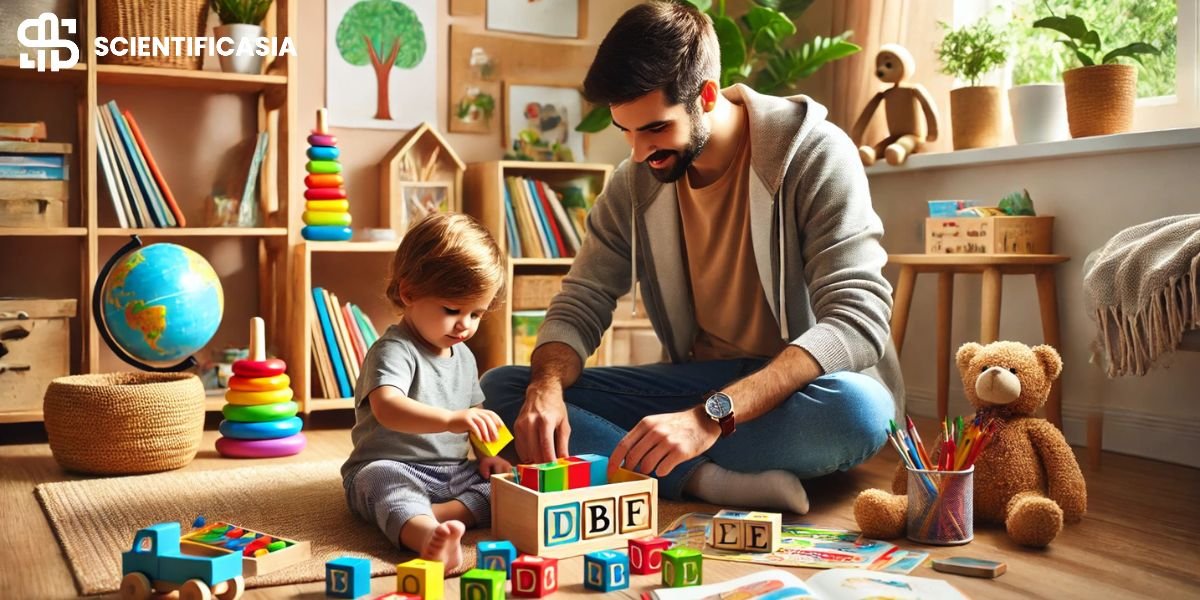Amid modern life, parents may wonder how to create a nurturing environment where their children can foster curiosity and acquire knowledge. The answer lies in the magic of early childcare centres. These easy yet effective exercises can change ordinary times into unusual learning opportunities, thus shaping a lifelong path of development and discovery.
Play A Learning Tool
Child abuse is the foundation of early childhood development. It’s through play that children explore their world, develop critical thinking skills, and learn to express themselves. A parent can use this natural selection by including learning aspects into the time of play.
Similarly, building blocks are not just for creating towers as they can also serve as a tool to help children identify shapes and structures and work out simple math problems. Identifying building blocks helps kids to understand the concepts of balance and gravity. When they group or identify blocks by colors or shapes, they are enhancing their categorization skills.
Storytelling and Language Development
Parents have been reading to babies for ages, but this time they can play with the story with their child’s prediction of what will happen next in a story, or adding their own end to it. This has the double benefit of developing language skill as well as stimulating creativity and imagination.
Besides, ordinary chats can be turned into exciting language lessons. More descriptive words and objects, using new vocabulary, and posing open-ended questions are all part of the process of conversational development that kids go through. Take, for example, instead of only mentioning a red apple, one might say, “Look at that bright, round, red apple. Think of how you would feel if you get a bite of it.”
Nature as a Classroom
Nature itself is the best place to learn in various ways. Just a healthy walk in the park can already count as a practical science lesson. Kids can also gain hands-on learning experiences while they observe the differences in seasons, identify a wide range of leaves, or watch how insects function.
Another interesting activity is gardening, which teaches little ones how life cycles, responsibilities and patience work. Planting the seed, looking after it, and observing it grow into a plant is a very positive experience that imparts a sense of fulfillment and connection to nature.
Math in Everyday Life
Math can indeed be fun and not chilly. Simple exercises can provide the children with exposure to the basic concepts of math in a fun and dynamic way. Little ones can also be counting sets of objects around the house, measuring the proper quantity of ingredients while cooking, or even creating a pattern with household stuff.
For instance, these parts of the procedure could become a lesson where the child sorts laundry and learns the words for various options or a lesson where the child practices counting in action. “Are all the blue socks found? How many are there?” As a result, not only math skills are developed but also the kids can be made more responsible to help around the house.
The Art of Creation
Art activities are not only about drawing beautiful pictures; they are also engaged in self-expression, motor skills, color, and shape studies. Finger painting, clay molding, or even just scribbling with crayons all come under the domain of a child’s cognitive and emotional development.
Families can pursue it further by the round-table conversation about the artworks. “What colors do you have? What does this shape lead to you?” Such dialogues, in turn, are a means to building a richer word bank and developing critical thinking skills.
Music and Movement
Music is a powerful tool for kids. It not only helps children to remember and develop language skills, and rhythm, but also the transformation of dancing into music enhances the coordination and spatial awareness of a child. Just simple things such as tapping can also help a child’s timing and pattern recognition skills.
You can make homemade musical instruments from daily household things and combine them to perform a musical act, which is one of the forms of pairing creativity with musical work. A pot stands for drum and rice in a sealed container and can be a shaker.
Technology as a Learning Tool
While it is recommended to limit the use of screens by small kids, technology is allowed in the process of learning in some cases. Educative apps and games can be used for understanding the concepts taught through other activities of learning. The adults have to necessarily be involved in the process, picking the app that meets the age level of the child from the ones available and then getting the kid to use it as a game, thus interacting with the material.
















